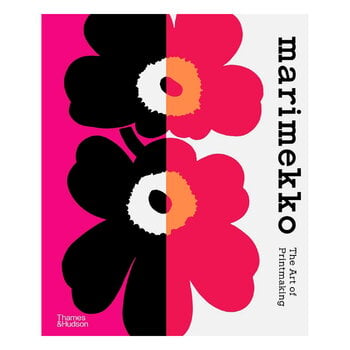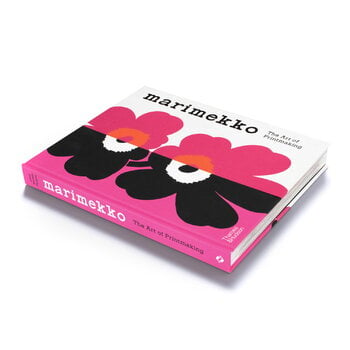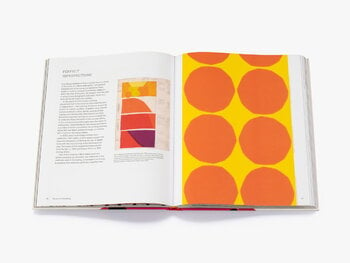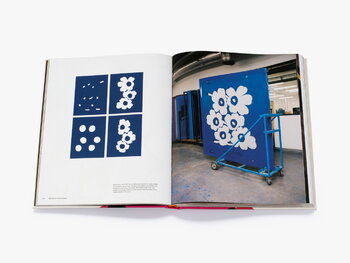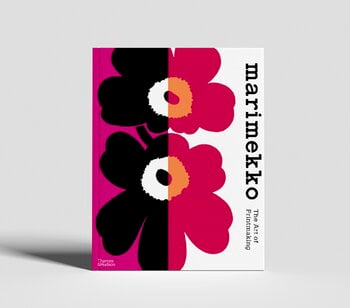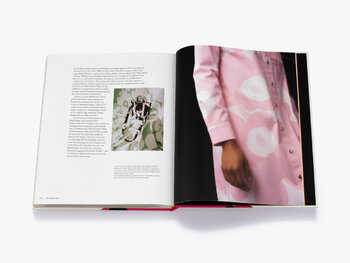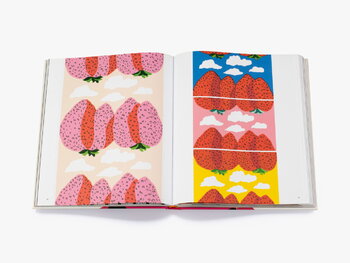Marimekko: The Art of Printmaking celebrates the 70th anniversary of the design house by presenting more than a hundred of Marimekko's most iconic pattern designs over the decades. Published by Thames & Hudson, the book explores the patterns through a wealth of illustrations, including archival photos and advertisements as well as more recent photography, revealing also the stories behind the beloved patterns. The book is divided into four sections, which dive into Marimekko's design philosophy, pattern design, the operations of the fabric printing plant in Herttoniemi, Helsinki, and Marimekko's future. The book was written by Vogue magazine editor Laird Borelli-Persson.
In 1951, Marimekko, Finnish for ‘Mary’s Dress’, held its first fashion show at a hotel in Helsinki. By 1960, Jacqueline Kennedy was wearing Marimekko on the cover of Sports Illustrated. Marimekko: The Art of Printmaking celebrates seventy years of the much-loved Finnish brand's joyful, liberatory approach to dressing and living, featuring over 100 of its most iconic prints, a multitude of colourways and a wealth of archival and brand-new imagery.
Delving into the bold, creative world of Marimekko, this is essential reading for any lover of print and pattern.
